
The Man of Steel quests for peace in a production made of glass
Superman the Movie was one of the biggest blockbusters in modern cinema. Released in 1978 and coming on the heels of earlier mega-hits Jaws and Star Wars, Superman’s success ushered in the era of the modern superhero film and gave Warner Bros. a lucrative film franchise. A sequel wasn’t just assured, it was already on its way. By the time Superman the Movie hit theaters, Superman II was already 75% in the can.
When father-and-son filmmaking duo Alexander and Ilya Salkind and longtime producing partner Pierre Spengler approached Warner Bros. about bringing the Man of Steel to the big screen, they had not one, but two films in mind. Aided by a 500-page shooting script from bestselling author and Oscar-winning screenwriter Mario Puzo, the Salkinds envisioned an epic story that was far removed from the campy 1940s movie serials and 50s & 60s television shows. Superman was an all-American hero who had debuted in comics in 1938. He belonged to entire generations of movie-goers, not just kids, even though kids would be the ones snapping up the whole wave of product tie-ins the Salkinds and Warner Bros. would later arrange.
Puzo’s script, which many saw as too campy, was rewritten by David and Leslie Newman and Robert Benton. Director Richard Donner, who was paid $1,000,000 to direct both Superman I & II, brought in screenwriter and producer Tom Mankiewicz to do an additional polish on the script. The plan from day one was to film the two movies together and release them separately. This is a common practice for today’s franchise pictures, and it can save time and money on the set, in the editing bay, and in distribution of the final product. It can also be a big gamble. If the first film lands with a thud, then you’ve got one or more sequels on your hands that nobody wants to see.

As Superman the Movie neared completion, Warner Bros. was confident that it was going to be a solid performer at the box office. They were eager to get it into theaters, and pushed producers to release it by Christmas 1978, even though Superman II was not finished, and the special effects, music, and editing had not been completed for either installment. Donner and company rushed to meet the release date. Superman the Movie was a hit, everyone was happy, and Superman II was promised to audiences the following year. Then things started to fall apart.
General, would you care to step outside?
Superman
There was already strain between Donner and producers before Superman I even hit theaters. The 19 months of production were a struggle for the director, particularly because producers refused to give him a production schedule. He flew blind through much of the shoot, committed to getting as much done as he could and still deliver a quality product. He clashed frequently with the Salkinds, and things got so bad between Donner and Spengler that he threatened to punch the producer in the face if he showed up on set. Director Richard Lester was brought in to mediate. Lester had worked with the Salkinds on The Three Musketeers and The Four Musketeers, two star-studded films based on the Alexandre Dumas classic that was originally intended to be one movie, but was later chopped into two when the running time got out of control. Lester had also directed the Beatles’ hit movies A Hard Day’s Night and Help and acted as go-between for the Salkinds and Donner, taking on the role of second unit director to keep the project moving forward. Lester, incidentally, had been approached to helm the Superman movies when the Salkinds were originally looking for a director in 1976.
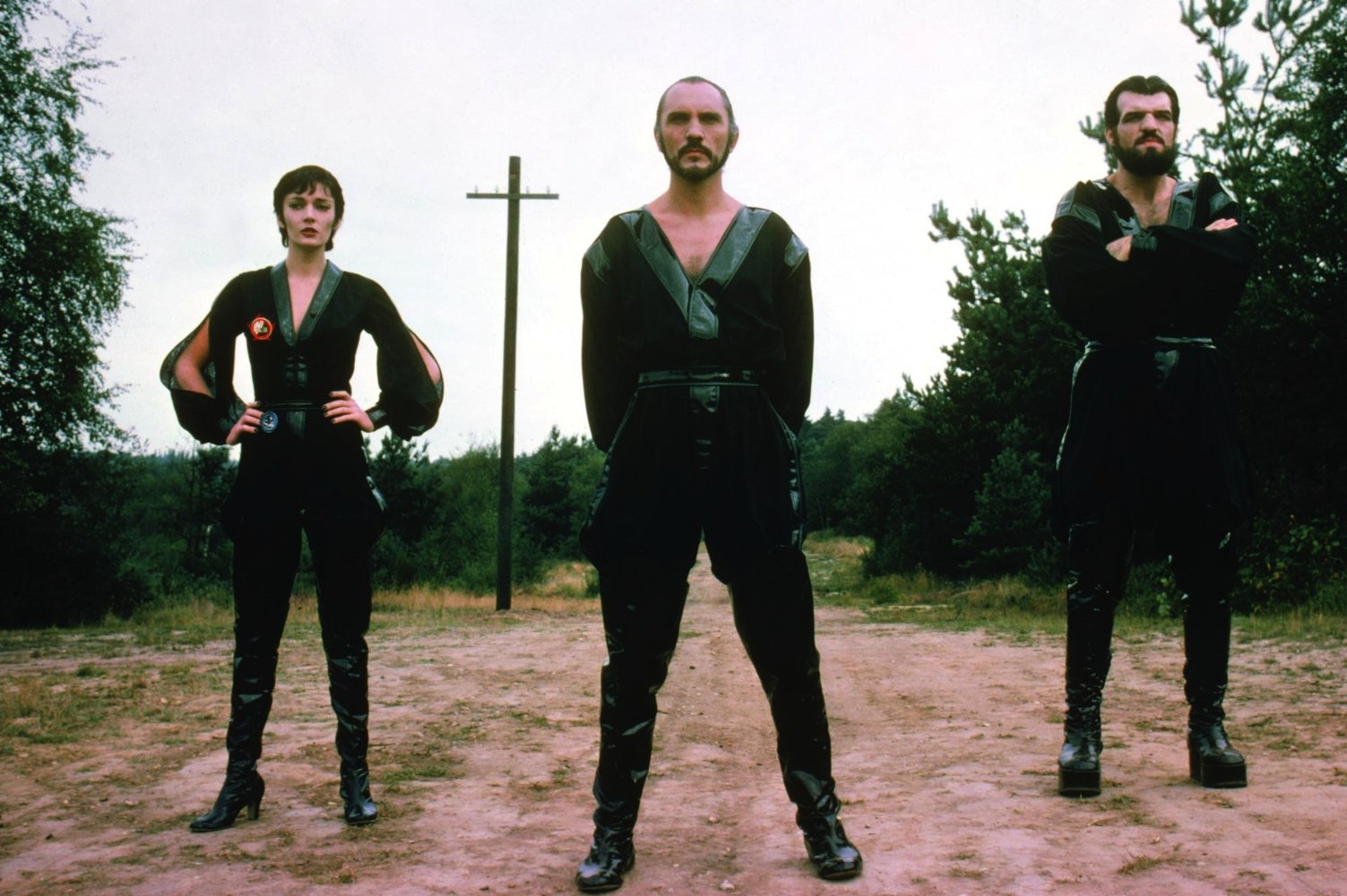
After the release of Superman I, a war of words began in the Hollywood trade papers. Spengler confirmed his problems with Donner on the set, but suggested that he looked forward to returning to work with the director. Marlon Brando, who played Superman’s father Jor-El, went after the Salkinds claiming that they cheated him out of a slice of the film’s back end, which he was supposedly guaranteed through his lucrative multi-million dollar contract to appear in the Superman movies. Brando pursued a restraining order to prevent the use of his likeness but the courts rejected his claim. He did, however, get an additional $15 million out of the Salkinds. Producers decided that neither Brando’s name nor his likeness would appear in the sequel and the actor’s scenes that were shot for Superman II were junked. This way, the Salkinds could legally avoid having to pay Brando a slice of the sequel’s profits. Those scenes would instead be rewritten and reshot with Susanna York, who played Superman’s mother, Lara.
Donner was livid when he learned that this major decision was made without consulting him. He took his anger out in the press and declared, among other things, that if Pierre Spengler went to work on Superman II, he would not. It is a harried time as the sequel had been promised within a year and it was still unfinished. The Salkinds, who had worked with Spengler for many years, elected to stick with him over Donner, who was notified via telegram that his services were no longer required on Superman II. Lester was brought in to replace him. Tom Mankiewicz left the project out of loyalty to Donner, as did the film’s editor Stuart Baird. Gene Hackman, who had already shot most of his scenes as Lex Luthor for both films, refused to return for additional shooting for the same reason. A body double was used in Hackman’s place for reshoots and an uncredited voice actor finished looping his dialogue. Christopher Reeve almost didn’t return to the project, either. This was perhaps the worst news the Salkinds could have received — no Superman, no movie. Because the back-to-back filming of the Superman movies had run on so long, Reeve’s contract expired. Like much of the rest of the cast, Donner’s firing didn’t sit well with Reeve, and he loathed returning to finish his work on the sequel. It was only after his contract was renegotiated and he was given greater artistic control did Reeve come back to the set.

Since much of Superman II was already shot, Lester should have been able to come in and complete the final sequences that needed to be filmed, including General Zod, Ursa, and Non’s invasion of America and the epic battle of Metropolis. This was not to be. Donner refused to share directing credit, which meant that Lester would have the sole directing credit for the sequel. However, due to American filmmaking union rules, to earn that credit Lester would have to be responsible for a much greater portion of filming than just the 25% that needed to be completed. This necessitated reshooting some scenes that were already completed, and it also meant new opening and closing sequences for the film. In the original version of the Superman story, it is the nuclear bomb Superman diverts from hitting Hackensack, NJ in Superman I that cracks the Phantom Zone and frees the Unholy Three. And Superman ends up reversing time again at the end of the story to set things right rather than giving Lois Lane a kiss of forgetfulness to wipe her memory clean of any knowledge of Clark Kent’s true identity.
Good afternoon, Mr. President. Sorry I’ve been away so long. I won’t let you down again.
Superman
The opening sequence of Superman II that features the Parisian nuclear terrorists was invented for the Lester reshoot, as was much of the Niagara Falls sequence. The comedy in the film was also punched up, as Lester admittedly likes to embrace quirkier, sillier elements in his films. This contrast in styles led to the reshooting of some parts of scenes that Donner had already filmed. There were also major continuity issues that repeated viewings of Superman II reveal. Because of the lapse in time between shooting several scenes—in some cases one or two years—we can see Superman and Clark Kent gain and lose muscle, Lois Lane magically change hair and makeup styles, and other gems that only hardcore fans ever seemed to notice. The death of Superman I cinematographer Geoffrey Unsworth before that film’s release, and the death of production designer John Barry during the making of Superman II, both created continuity issues with regard to the film’s look and color, which would track from somber to bright and back again, suggesting more than one hand at work for the photography and set design.

In the end, none of this mattered. Superman II was released to rave reviews and huge box office returns. Warner Bros. staggered the opening in several territories to capitalize on prime audience attendance, releasing the film in Australia during the Christmas holiday of 1980 and in the U.S. and the U.K. in the summer of 1981. It turned out to be a brilliant strategy. Superman II broke the single-day box office record set by Star Wars and would go on to earn over $100 million in the U.S. and close to $200 million worldwide. As with Superman I, several scenes would appear and disappear in various video releases and television airings of the sequel. Among some of the scenes not present in the original theatrical release are extended dialogue between Clark and Lois at various points, Superman cooking with heat vision in the Fortress of Solitude, and his destroying the Fortress at the end of the film. We also get to see Zod use a machine gun during the attack on the White House, and Non use a police siren as a kinetic energy weapon to blow up a kid making an escape on horseback during the attack on East Houston, Idaho.
In 2006, Warner Bros. and Richard Donner attempted to put the controversy over Superman II to bed with the DVD release of Superman II: The Richard Donner Cut. This is not simply a director’s cut of the film, but an altogether different version as it was envisioned by Donner. It’s not a complete film end-to-end as not all of Donner’s work was filmed or properly preserved. Some special effects have been added after the fact and a pivotal scene between Superman and Lois is filled in with a forgotten screen test. Thanks to a settlement reached with the estate of Marlon Brando, who died in 2004, scenes of Jor El meant to appear in the sequel are restored, probably the last unreleased footage of the acting legend we will ever see. Superman II was one of those rare sequels that matches the quality of the original, or maybe even surpasses it depending on your opinion. It also assured that there would be more Superman movies, but they would pale in comparison to those first two blockbusters. The creativity of further sequels would not match the energy of Superman I & II, but both films would serve as a great legacy of filmmaking, regardless of the behind the scenes drama.
Director: Richard Lester
Screenplay: Mario Puzo, David Newman &
Leslie Newman
Music: Ken Thorne
Cinematography: Robert Paynter
Editing: John Victor-Smith



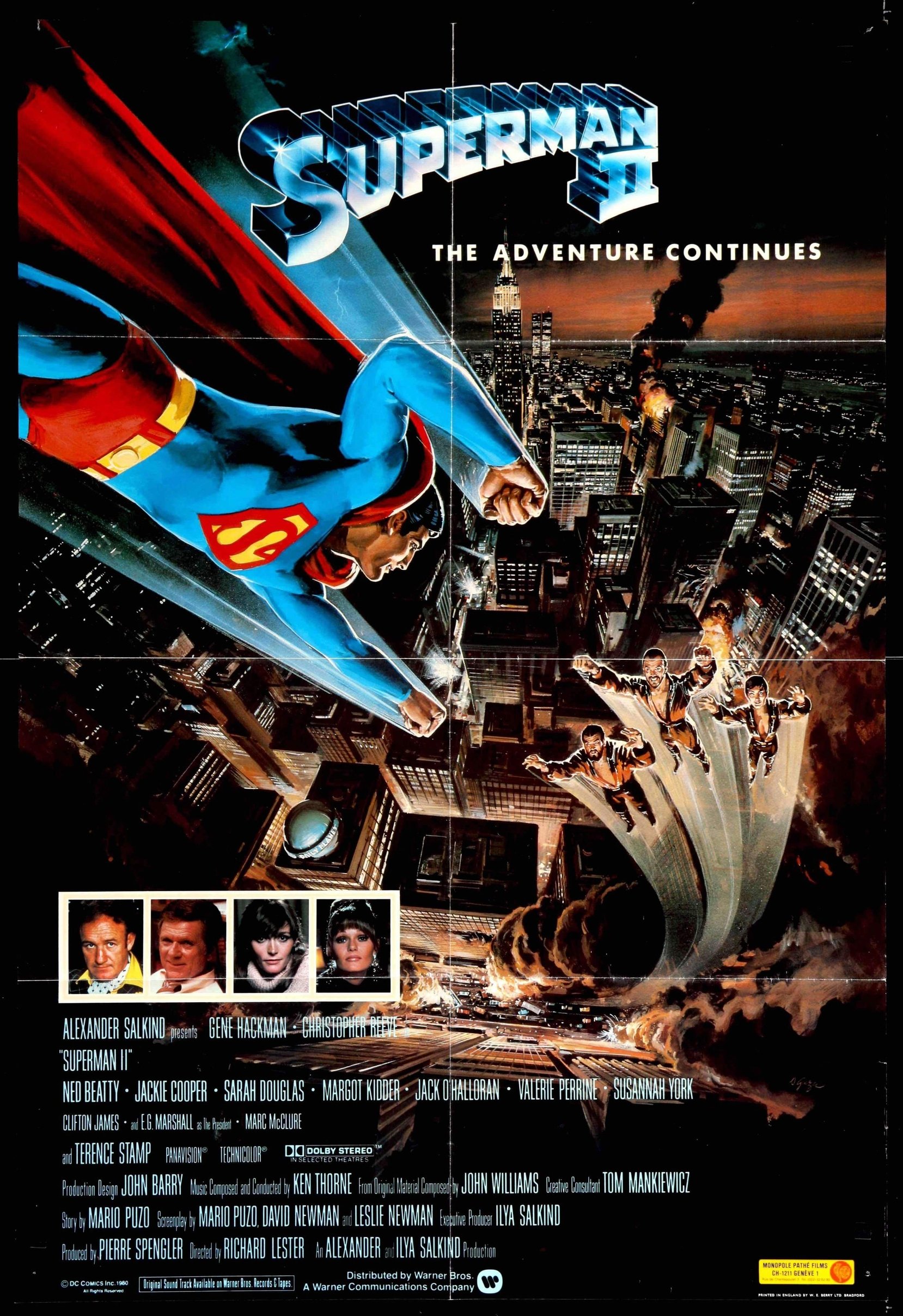

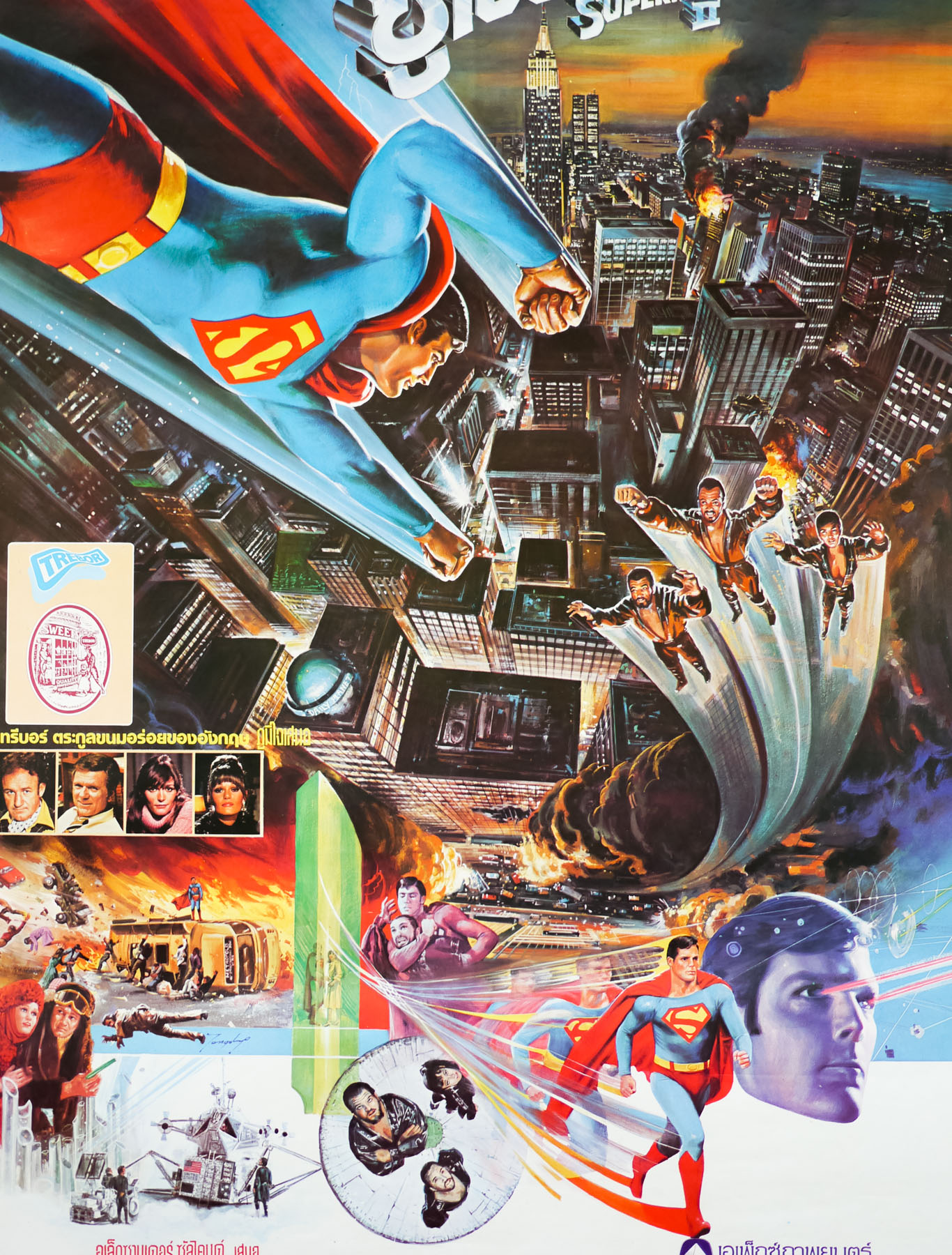
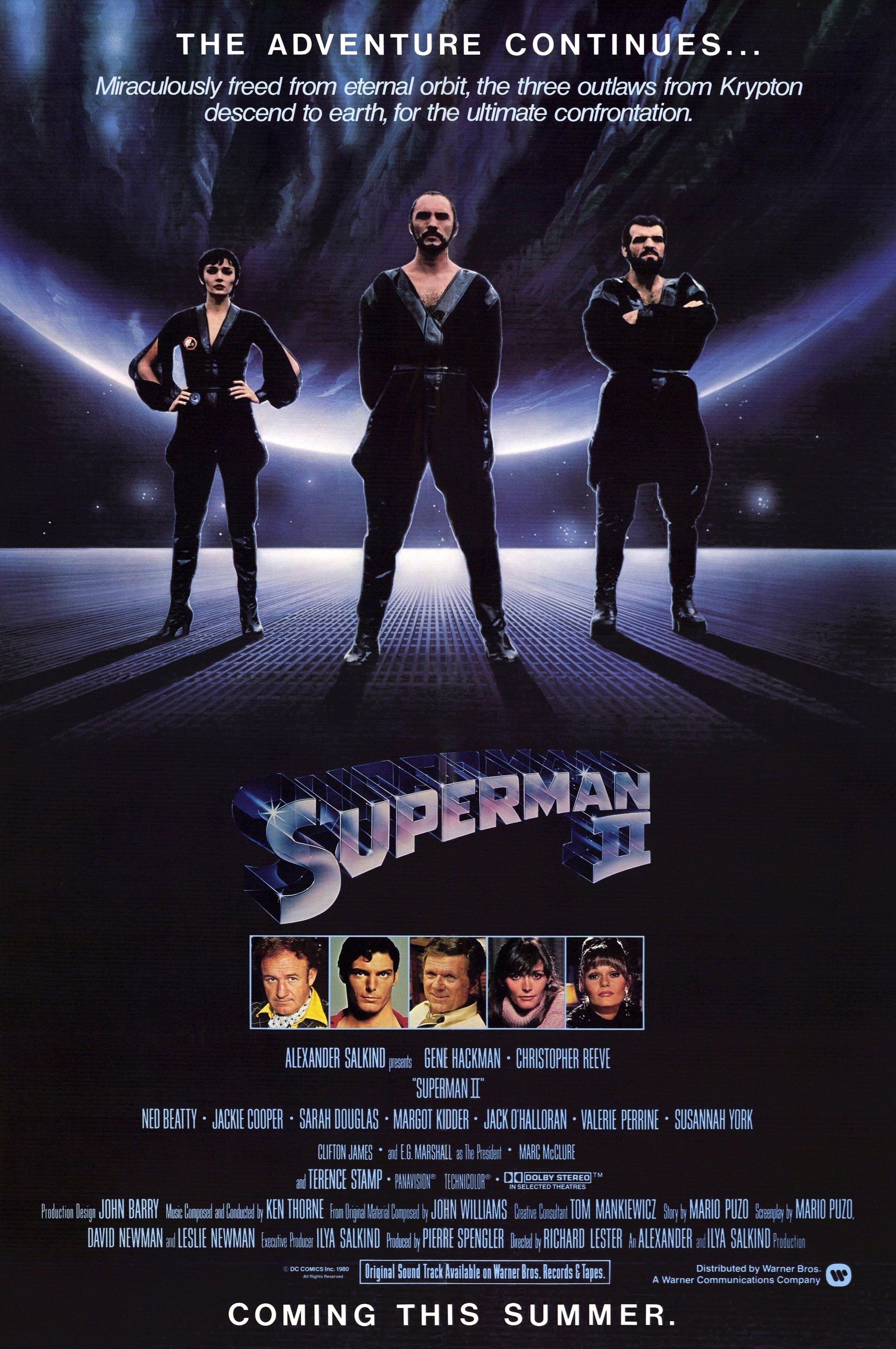




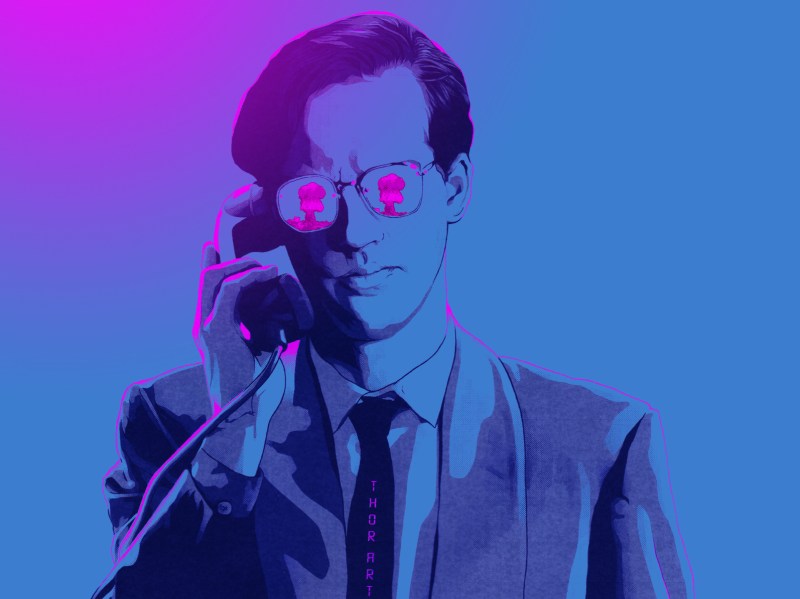




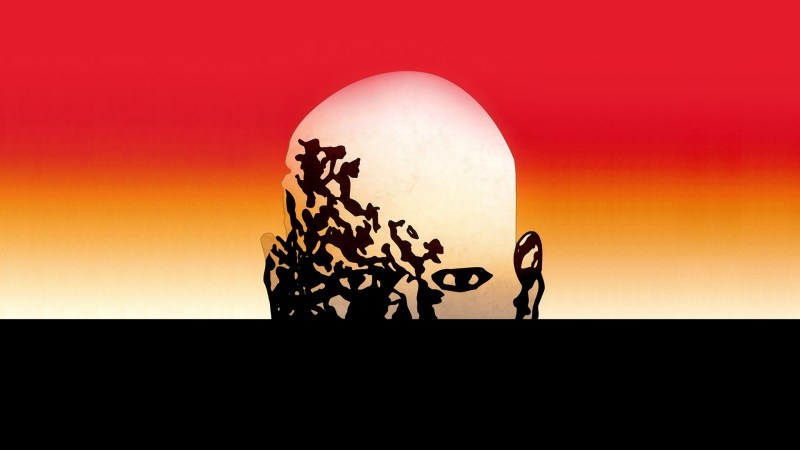









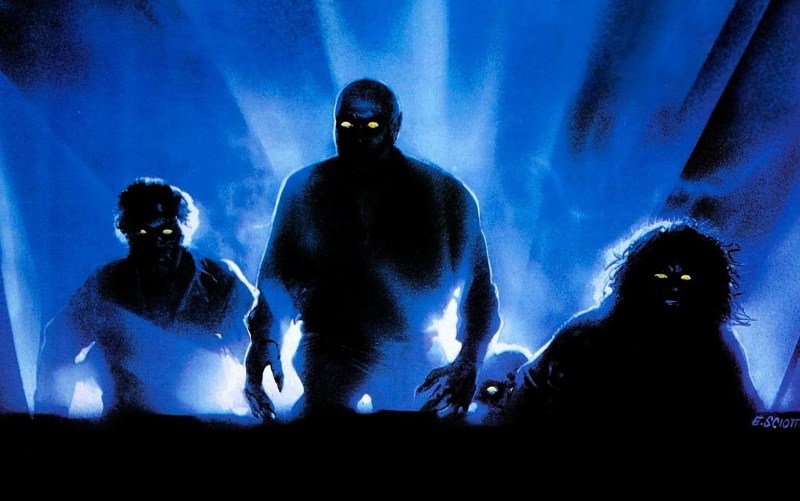










I’ve never been a huge fan of the Superman movies but I think this calls for an informed rewatch, cuz that was some fascinating stuff
LikeLike